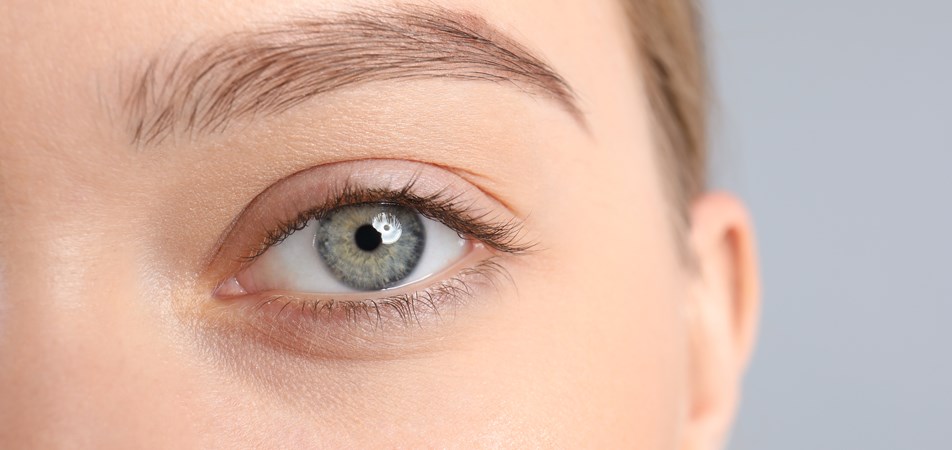To recover your password please fill in your email address
Please fill in below form to create an account with us

10/07/19
A new trial being undertaken by the NHMRC Clinical Trials Centre is photographing the back of the eye of those living with diabetes to help them avoid losing their vision and the risks of amputation and heart disease.
Those with type 1 diabetes, the most severe case of diabetes that often begins in childhood, have high levels of sugars in the bloodstream that attack tissue at the back of the eye, causing vision impairment and loss. Diabetes is the leading cause of blindness in Australia.
The FAME 1 Eye trial, led by Professor Alicia Jenkins in partnership with JDRF, is testing whether a cholesterol-lowering drug, fenofibrate, could protect this retina tissue, slowing and even reversing early damage to the eye.
“We already know fenofibrate slows and reverses vision loss for type 2 diabetes, as well as protect against kidney and nerve damage,” said Professor Jenkins. “We are now calling for people around the world to help us find out if this is the case for those with the more severe type 1 diabetes.”
Non-invasive photography is being used in the trial to see if fenofibrate can help protect tissue in the retina of people with type 1 diabetes. Researchers are hoping the drug can slow existing damage to the eye (retinopathy) or even reverse it. If it does, the drug could also help other tissues in the body, helping people with type 1 diabetes to avoid other major and common health complications later in life like amputations and heart disease.
“Type 1 diabetes has many potential health complications. Fenofibrate could potentially lighten that load and give people a better quality of life with fewer long term health risks,” said Professor Jenkins.
The FAME 1 Eye trial is seeking 450 trial participants aged over 18 years with type 1 diabetes in Australia, New Zealand, Hong Kong and Northern Ireland. Trial participants take the drug daily for three years. In this time, researchers assess changes to the eye, blood vessels and kidneys to see if fenofibrate can slow or reverse type 1 complications.
Ask questions or request to join FAME 1 Eye by emailing fame1eye@ctc.usyd.edu.au or calling 1800 158 629.
Type 1 v Type 2 diabetes
Diabetes is the fastest growing chronic condition in Australia, with one person diagnosed every five minutes, according to Diabetes Australia. Around 25% to 35% of Australians have some sort of diabetes-related vision impairment.
Most of these people have type 2 diabetes, a condition where the body becomes resistant to insulin, a hormone that turns sugars into fuel. Insulin is still being produced in small quantities, but sugars are building up in the bloodstream and attacking tissue. Around 1.5 million Australians have type 2 diabetes.
In type 1 diabetes, an autoimmune disease, the body has stopped producing insulin all together, with patients needing daily injections of insulin. Around 120,000 Australians have type 1 diabetes.
Other efforts by the CTC Diabetes team
Diabetes research at University of Sydney
Sydney researchers are actively searching not only for a cure, but also for ways people can manage and treat their diabetes now.
Read more about their efforts.